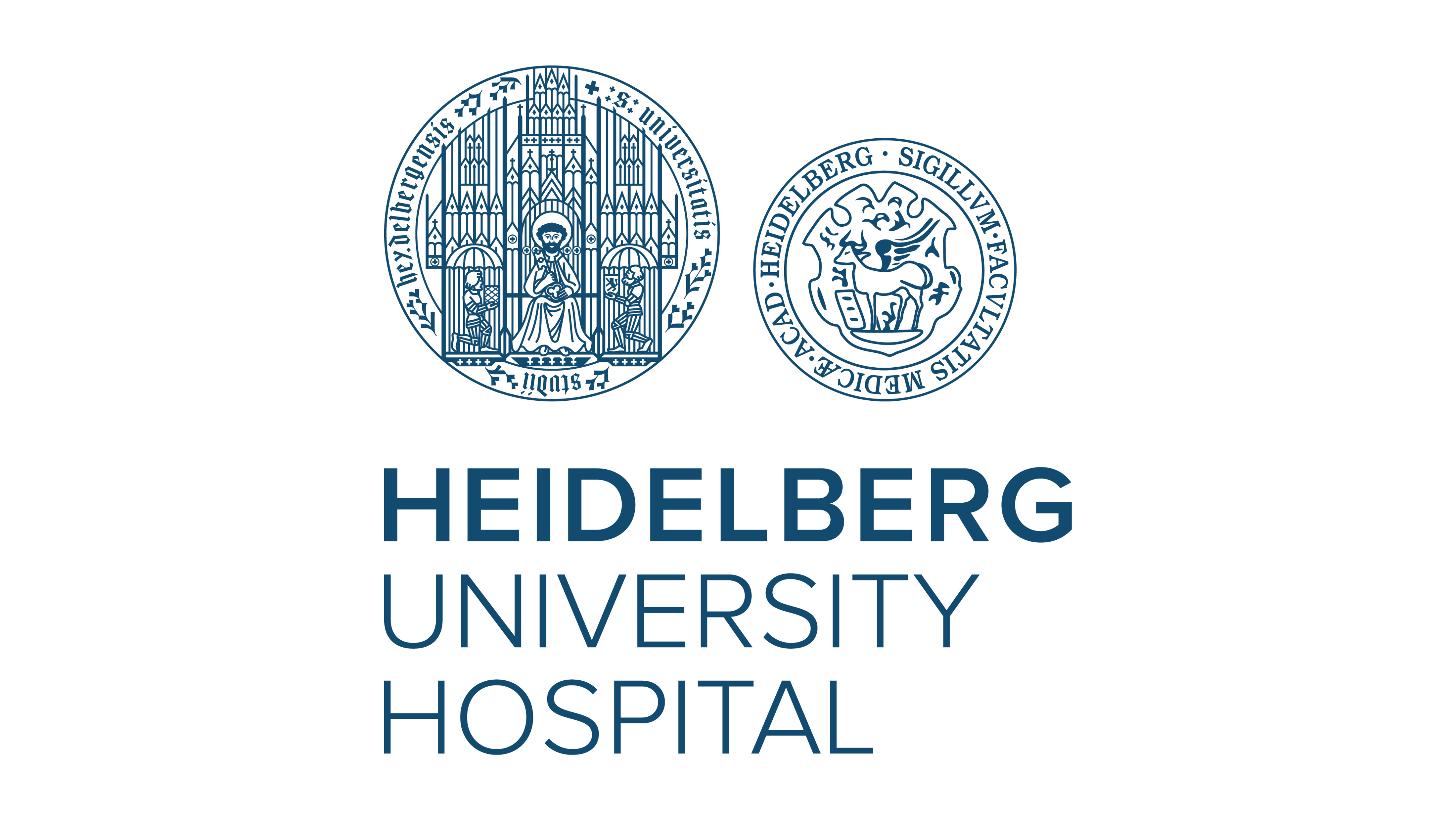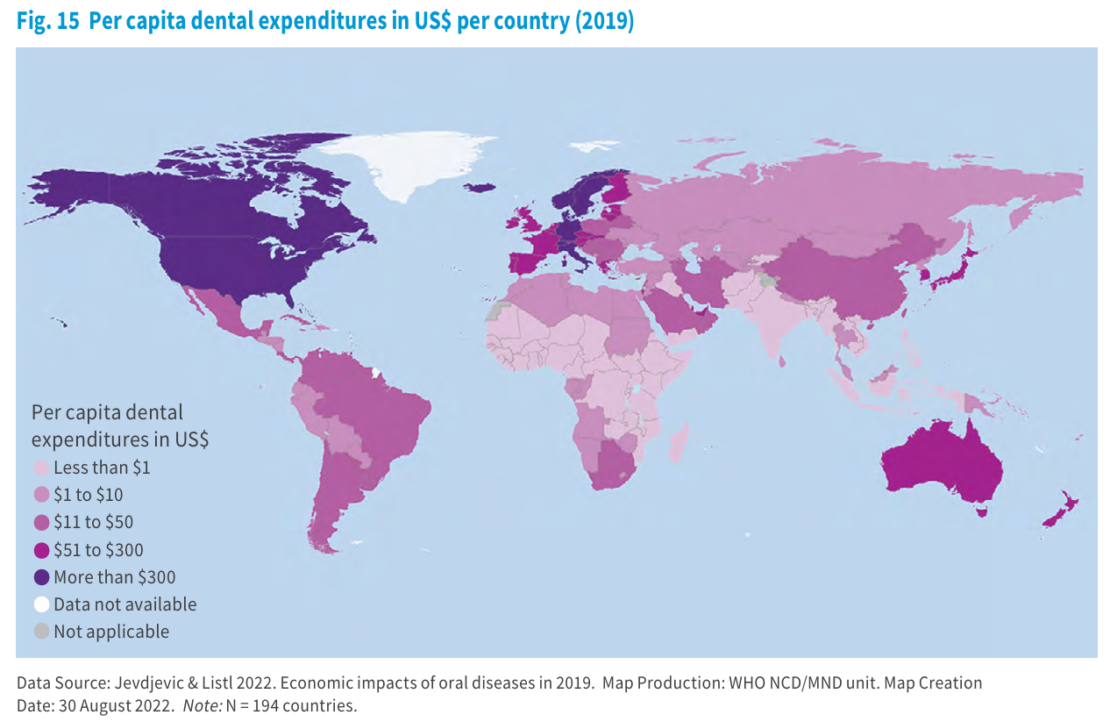Oral diseases cost the world $710 billion annually

Caries, periodontitis and tooth loss cost billions of dollars worldwide every year. This is the result of a recent study at Heidelberg University Hospital and the Medical Faculty Heidelberg of Heidelberg University. Treatment costs for oral, dental and jaw diseases rank third in the EU, behind cardiovascular diseases and diabetes. The results of the study have just been published in the renowned ‘Journal of Dental Research’. The importance of the study data is underlined by the fact that they were included in the World Health Organization’s (WHO) first Global Oral Health Status Report and a corresponding WHO Global Oral Health Action Plan 2023-2030.

For the current study, Professor Dr Dr Stefan Listl, Head of the Oral Health Section at Heidelberg Institute of Global Health and Professor of Translational Health Economics at the Medical Faculty Heidelberg of Heidelberg University, and his team evaluated data from 194 countries. The study took into account the costs of dental care (direct costs) and productivity losses due to dental diseases (indirect costs) resulting from caries in milk teeth and permanent teeth, chronic periodontitis, total tooth loss and other oral diseases. The total costs determined for 2019 amount to around 710 billion US dollars or around 640 billion euros worldwide. The total costs consist of direct costs (care costs) of around 387 billion US dollars (around 341 billion euros) and indirect costs (productivity losses) due to dental diseases of almost 323 billion US dollars (around 299 billion euros). Most of the indirect costs worldwide were caused by tooth loss and periodontitis. Around three quarters of the total productivity losses were attributable to these two diseases alone.
In Germany, direct expenditure in 2019 totaled around 30.9 billion US dollars (around 27.8 billion euros), or around 372 US dollars (334 euros) per capita. Productivity losses there amounted to 232 US dollars (208 euros) per capita. Overall, indirect costs in Germany amounted to 19.4 billion US dollars (17.5 billion euros).
In 2019, low-income countries spent an average of around US$0.52 (€0.47) per capita per year on dental care (treatment and prevention), while high-income countries spent around US$260 (€233). In Germany, the figure was around US$372 (€334) per capita. “Nevertheless,” says Listl, “there are challenges for dental care in Germany too. For example, there is a growing lack of dental practices in rural areas. There are also certain vulnerable groups of the population, such as people in need of help and care, for whom continuous dental care has not always been guaranteed.”
Data incorporated in the WHO Oral Health Action Plan
The figures show the significant economic relevance of oral, dental and jaw diseases and demonstrate the enormous economic burden on individuals and society. “As the recent WHO Resolution on Oral Health, the WHO Global Oral Health Status Report and the WHO Oral Health Action Plan 2023-2030 show, this work [by Listl and his team] on the global economic impact of oral diseases has been crucial in raising awareness of the importance of oral health and in better prioritizing cost-effective and socially equitable oral health policies,” says Dr. Benoit Varenne, Officer of the WHO Oral Health Programme.
More than 3.5 billion people worldwide are affected by oral diseases and complaints. According to the WHO, dental diseases are among the most common chronic diseases worldwide – and the majority of these diseases could be avoided through prevention or treated at an early stage. WHO and Listl therefore stress that practical concepts are needed for an even more prevention-oriented oral health system. This requires both cost-effective oral health interventions for the entire population (e. g. through stricter regulation of sugar consumption and improved access to affordable oral health care for all) and needs-based personnel planning for oral health care. The study by Listl’s team underscores the relevance of regularly updated, transparent information on the economic impact of oral diseases as a decision-making aid for achieving universal oral health coverage for all.
The first WHO global oral health meeting will take place in Bangkok (Thailand) from November 26 to 29. The study results presented here are also likely to be of significance there. Prof. Listl will also be present at the congress as co-coordinator of a side event entitled “Investing More, Investing Better: Using Economics to Help Shape Oral Health Policy”.



